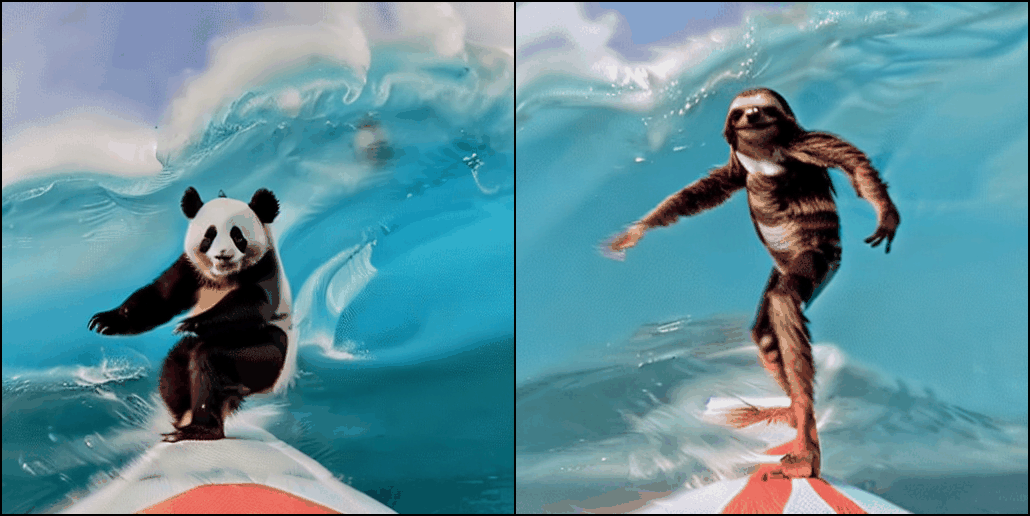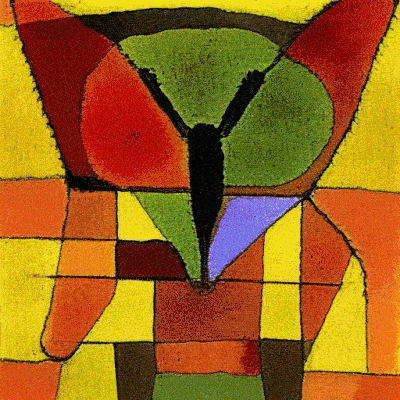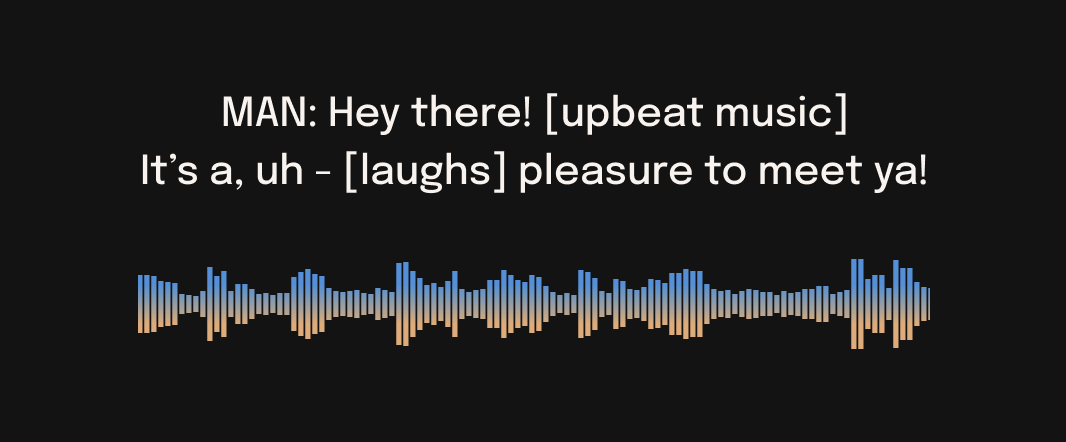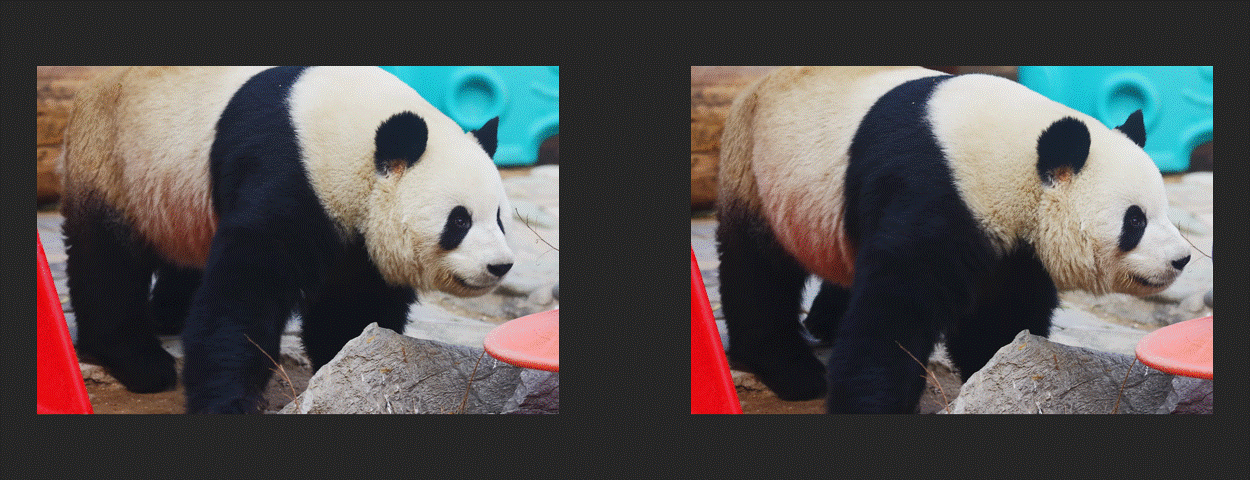tune-a-video
Maintainer: pollinations

2

| Property | Value |
|---|---|
| Model Link | View on Replicate |
| API Spec | View on Replicate |
| Github Link | View on Github |
| Paper Link | No paper link provided |
Get summaries of the top AI models delivered straight to your inbox:
Model overview
Tune-A-Video is an AI model developed by the team at Pollinations, known for creating innovative AI models like AMT, BARK, Music-Gen, and Lucid Sonic Dreams XL. Tune-A-Video is a one-shot tuning approach that allows users to fine-tune text-to-image diffusion models, like Stable Diffusion, for text-to-video generation.
Model inputs and outputs
Tune-A-Video takes in a source video, a source prompt describing the video, and target prompts that you want to change the video to. It then fine-tunes the text-to-image diffusion model to generate a new video matching the target prompts. The output is a video with the requested changes.
Inputs
- Video: The input video you want to modify
- Source Prompt: A prompt describing the original video
- Target Prompts: Prompts describing the desired changes to the video
Outputs
- Output Video: The modified video matching the target prompts
Capabilities
Tune-A-Video enables users to quickly adapt text-to-image models like Stable Diffusion for text-to-video generation with just a single example video. This allows for the creation of custom video content tailored to specific prompts, without the need for lengthy fine-tuning on large video datasets.
What can I use it for?
With Tune-A-Video, you can generate custom videos for a variety of applications, such as creating personalized content, developing educational materials, or producing marketing videos. The ability to fine-tune the model with a single example video makes it particularly useful for rapid prototyping and iterating on video ideas.
Things to try
Some interesting things to try with Tune-A-Video include:
- Generating videos of your favorite characters or objects in different scenarios
- Modifying existing videos to change the style, setting, or actions
- Experimenting with prompts to see how the model can transform the video in unique ways
- Combining
Tune-A-Videowith other AI models like BARK for audio-visual content creation
By leveraging the power of one-shot tuning, Tune-A-Video opens up new possibilities for personalized and creative video generation.
This summary was produced with help from an AI and may contain inaccuracies - check out the links to read the original source documents!
Related Models

stable-diffusion-dance

5
stable-diffusion-dance is an audio reactive version of the Stable Diffusion model, created by pollinations. It builds upon the original Stable Diffusion model, which is a latent text-to-image diffusion model capable of generating photo-realistic images from any text prompt. The stable-diffusion-dance variant adds the ability to react the generated images to input audio, creating an audiovisual experience. Model inputs and outputs The stable-diffusion-dance model takes in a text prompt, an optional audio file, and various parameters to control the generation process. The outputs are a series of generated images that are synchronized to the input audio. Inputs Prompts**: Text prompts that describe the desired image content, such as "a moth", "a killer dragonfly", or "Two fishes talking to each other in deep sea". Audio File**: An optional audio file that the generated images will be synchronized to. Batch Size**: The number of images to generate at once, up to 24. Frame Rate**: The frames per second for the generated video. Random Seed**: A seed value to ensure reproducibility of the generated images. Prompt Scale**: The influence of the text prompt on the generated images. Style Suffix**: An optional suffix to add to the prompt, to influence the artistic style. Audio Smoothing**: A factor to smooth the audio input. Diffusion Steps**: The number of diffusion steps to use, up to 30. Audio Noise Scale**: The scale of the audio influence on the image generation. Audio Loudness Type**: The type of audio loudness to use, either 'rms' or 'peak'. Frame Interpolation**: Whether to interpolate between frames for a smoother video. Outputs A series of generated images that are synchronized to the input audio. Capabilities The stable-diffusion-dance model builds on the impressive capabilities of the original Stable Diffusion model, allowing users to generate dynamic, audiovisual content. By combining the text-to-image generation abilities of Stable Diffusion with audio-reactive features, stable-diffusion-dance can create unique, expressive visuals that respond to the input audio in real-time. What can I use it for? The stable-diffusion-dance model can be used to create a variety of audiovisual experiences, from music visualizations and interactive art installations to dynamic background imagery for videos and presentations. The model's ability to generate images that closely match the input audio makes it a powerful tool for artists, musicians, and content creators looking to add an extra level of dynamism and interactivity to their work. Things to try One interesting application of the stable-diffusion-dance model could be to use it for live music performances, where the generated visuals would react and evolve in real-time to the music being played. Another idea could be to use the model to create dynamic, procedural backgrounds for video games or virtual environments, where the visuals would continuously change and adapt to the audio cues and gameplay.
Updated Invalid Date

bark

1
Bark is a text-to-audio model created by Suno, a company specializing in advanced AI models. It can generate highly realistic, multilingual speech as well as other audio, including music, background noise, and simple sound effects. The model can also produce nonverbal communications like laughing, sighing, and crying. Bark is similar to other models like Vall-E, AudioLM, and music-gen in its ability to generate audio from text, but it stands out in its ability to handle a wider range of audio content beyond just speech. Model inputs and outputs The Bark model takes a text prompt as input and generates an audio waveform as output. The text prompt can include instructions for specific types of audio, such as music, sound effects, or nonverbal sounds, in addition to speech. Inputs Text Prompt**: A text string containing the desired instructions for the audio generation. Outputs Audio Waveform**: The generated audio waveform, which can be played or saved as a WAV file. Capabilities Bark is capable of generating a wide range of audio content, including speech, music, and sound effects, in multiple languages. The model can also produce nonverbal sounds like laughing, sighing, and crying, adding to the realism and expressiveness of the generated audio. It can handle code-switched text, automatically employing the appropriate accent for each language, and it can even generate audio based on a specified speaker profile. What can I use it for? Bark can be used for a variety of applications, such as text-to-speech, audio production, and content creation. It could be used to generate voiceovers, podcasts, or audiobooks, or to create sound effects and background music for videos, games, or other multimedia projects. The model's ability to handle multiple languages and produce non-speech audio also opens up possibilities for language learning tools, audio synthesis, and more. Things to try One interesting feature of Bark is its ability to generate music from text prompts. By including musical notation (e.g., ♪) in the text, you can prompt the model to produce audio that combines speech with song. Another fun experiment is to try prompting the model with code-switched text, which can result in audio with an interesting blend of accents and languages.
Updated Invalid Date

stable-diffusion

107.9K
Stable Diffusion is a latent text-to-image diffusion model capable of generating photo-realistic images given any text input. Developed by Stability AI, it is an impressive AI model that can create stunning visuals from simple text prompts. The model has several versions, with each newer version being trained for longer and producing higher-quality images than the previous ones. The main advantage of Stable Diffusion is its ability to generate highly detailed and realistic images from a wide range of textual descriptions. This makes it a powerful tool for creative applications, allowing users to visualize their ideas and concepts in a photorealistic way. The model has been trained on a large and diverse dataset, enabling it to handle a broad spectrum of subjects and styles. Model inputs and outputs Inputs Prompt**: The text prompt that describes the desired image. This can be a simple description or a more detailed, creative prompt. Seed**: An optional random seed value to control the randomness of the image generation process. Width and Height**: The desired dimensions of the generated image, which must be multiples of 64. Scheduler**: The algorithm used to generate the image, with options like DPMSolverMultistep. Num Outputs**: The number of images to generate (up to 4). Guidance Scale**: The scale for classifier-free guidance, which controls the trade-off between image quality and faithfulness to the input prompt. Negative Prompt**: Text that specifies things the model should avoid including in the generated image. Num Inference Steps**: The number of denoising steps to perform during the image generation process. Outputs Array of image URLs**: The generated images are returned as an array of URLs pointing to the created images. Capabilities Stable Diffusion is capable of generating a wide variety of photorealistic images from text prompts. It can create images of people, animals, landscapes, architecture, and more, with a high level of detail and accuracy. The model is particularly skilled at rendering complex scenes and capturing the essence of the input prompt. One of the key strengths of Stable Diffusion is its ability to handle diverse prompts, from simple descriptions to more creative and imaginative ideas. The model can generate images of fantastical creatures, surreal landscapes, and even abstract concepts with impressive results. What can I use it for? Stable Diffusion can be used for a variety of creative applications, such as: Visualizing ideas and concepts for art, design, or storytelling Generating images for use in marketing, advertising, or social media Aiding in the development of games, movies, or other visual media Exploring and experimenting with new ideas and artistic styles The model's versatility and high-quality output make it a valuable tool for anyone looking to bring their ideas to life through visual art. By combining the power of AI with human creativity, Stable Diffusion opens up new possibilities for visual expression and innovation. Things to try One interesting aspect of Stable Diffusion is its ability to generate images with a high level of detail and realism. Users can experiment with prompts that combine specific elements, such as "a steam-powered robot exploring a lush, alien jungle," to see how the model handles complex and imaginative scenes. Additionally, the model's support for different image sizes and resolutions allows users to explore the limits of its capabilities. By generating images at various scales, users can see how the model handles the level of detail and complexity required for different use cases, such as high-resolution artwork or smaller social media graphics. Overall, Stable Diffusion is a powerful and versatile AI model that offers endless possibilities for creative expression and exploration. By experimenting with different prompts, settings, and output formats, users can unlock the full potential of this cutting-edge text-to-image technology.
Updated Invalid Date

amt

213
AMT is a lightweight, fast, and accurate algorithm for Frame Interpolation developed by researchers at Nankai University. It aims to provide practical solutions for video generation from a few given frames (at least two frames). AMT is similar to models like rembg-enhance, stable-video-diffusion, gfpgan, and stable-diffusion-inpainting in its focus on image and video processing tasks. However, AMT is specifically designed for efficient frame interpolation, which can be useful for a variety of video-related applications. Model inputs and outputs The AMT model takes in a set of input frames (at least two) and generates intermediate frames to create a smoother, more fluid video. The model is capable of handling both fixed and arbitrary frame rates, making it suitable for a range of video processing needs. Inputs Video**: The input video or set of images to be interpolated. Model Type**: The specific version of the AMT model to use, such as amt-l or amt-s. Output Video Fps**: The desired output frame rate for the interpolated video. Recursive Interpolation Passes**: The number of times to recursively interpolate the frames to achieve the desired output. Outputs Output**: The interpolated video with the specified frame rate. Capabilities AMT is designed to be a highly efficient and accurate frame interpolation model. It can generate smooth, high-quality intermediate frames between input frames, resulting in more fluid and natural-looking videos. The model's performance has been demonstrated on various datasets, including Vimeo90k and GoPro. What can I use it for? The AMT model can be useful for a variety of video-related applications, such as video generation, slow-motion creation, and frame rate upscaling. For example, you could use AMT to generate high-quality slow-motion footage from your existing videos, or to create smooth transitions between video frames for more visually appealing content. Things to try One interesting thing to try with AMT is to experiment with the different model types and the number of recursive interpolation passes. By adjusting these settings, you can find the right balance between output quality and computational efficiency for your specific use case. Additionally, you can try combining AMT with other video processing techniques, such as AnimateDiff-Lightning, to achieve even more advanced video effects.
Updated Invalid Date